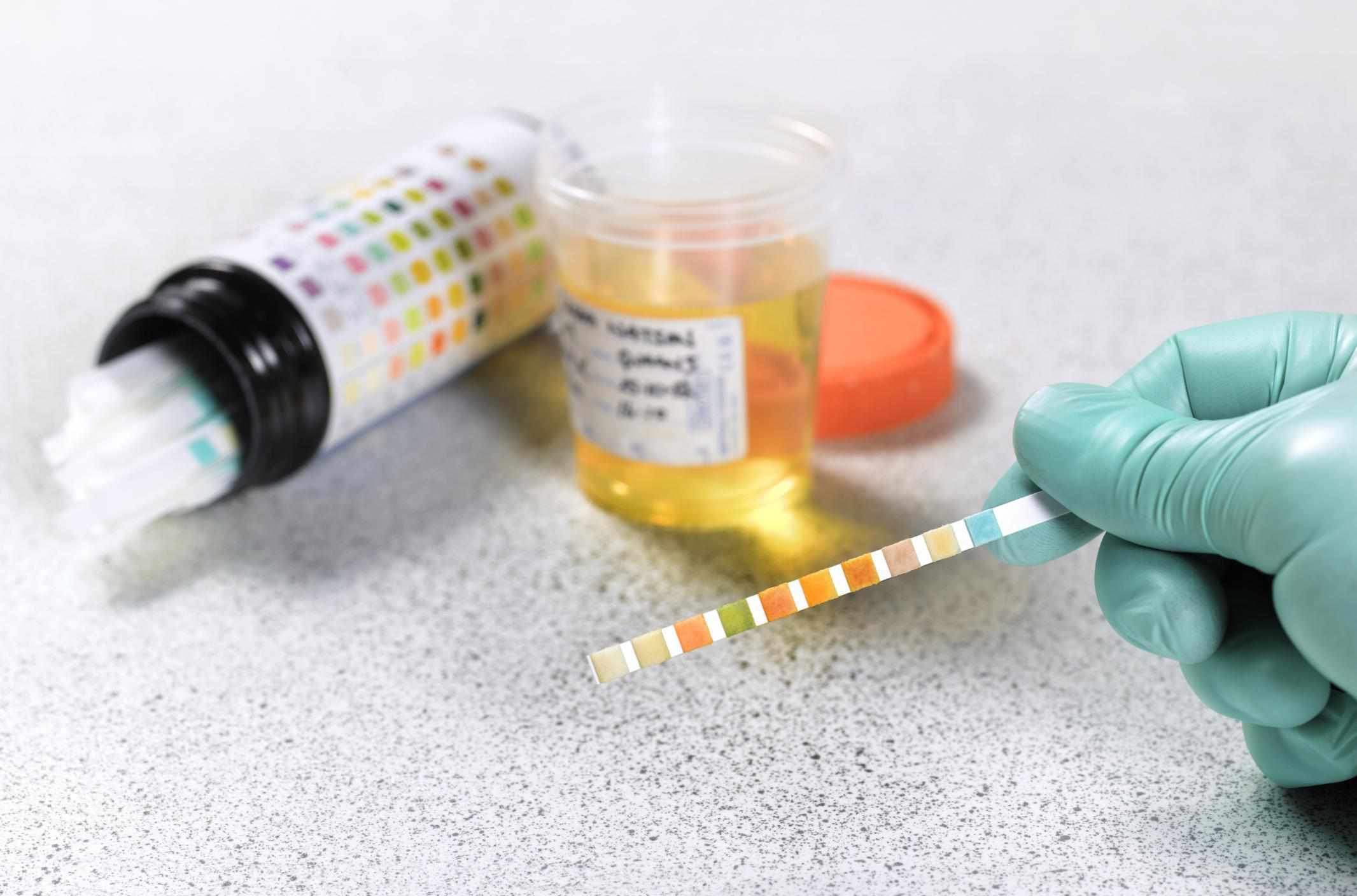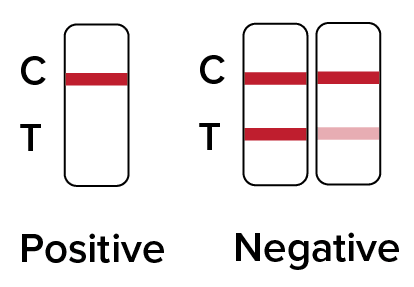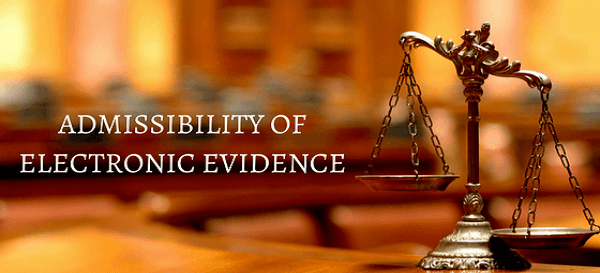In the world of modern forensic testing, ETG (Ethyl Glucuronide) tests have become a reliable tool for detecting alcohol consumption long after the effects of alcohol have worn off. Courts, probation departments, and rehabilitation programs often rely on ETG testing to determine whether an individual has consumed alcohol, even days after the last drink.
This article explores how ETG tests are used in legal settings, the science behind them, their reliability, and the ethical and procedural challenges that accompany their use in court and probation systems.
What Is an ETG Test?
An ETG test detects ethyl glucuronide, a direct metabolite of ethanol (the active ingredient in alcoholic beverages). When someone consumes alcohol, the body breaks it down into various compounds one of which is ETG. Unlike Blood Alcohol Content (BAC) tests, which only detect current intoxication, ETG remains in the system long after the alcohol has been metabolized. It can typically be detected in:
- Urine: up to 80 hours after drinking
- Hair: up to 90 days (in specialized testing)
- Blood: up to 24 hours
- Nails: up to several months
Because of this extended detection window, ETG tests are especially useful in legal and correctional systems where verifying abstinence is crucial.

Why Courts Use ETG Testing
Courts and legal authorities use ETG testing in several contexts, including:
- Probation and Parole Monitoring:
Individuals ordered to abstain from alcohol use during probation are often required to take periodic ETG tests. A positive result can lead to probation violations or legal penalties. - Child Custody and Family Court Cases:
Family courts may request ETG testing to determine if a parent is complying with sobriety conditions in custody or visitation agreements. - DUI (Driving Under the Influence) Cases:
ETG tests may be used to demonstrate patterns of drinking or to ensure compliance with court-ordered abstinence following a DUI conviction. - Rehabilitation and Treatment Compliance:
ETG results can serve as objective proof of compliance or relapse in alcohol treatment programs. - Employment or Licensing Cases:
Certain professions (e.g., healthcare, transportation) use ETG testing to ensure workers maintain sobriety as required by professional conduct standards.
How ETG Tests Are Collected and Processed
1. Sample Collection
The most common method is urine testing. A sterile sample is collected under controlled conditions to prevent tampering or substitution.
2. Laboratory Analysis
The sample is sent to a certified laboratory, where it undergoes screening using techniques like immunoassay followed by gas chromatography-mass spectrometry (GC-MS) for confirmation.
3. Reporting
The lab generates a report with ETG levels (measured in nanograms per milliliter, ng/mL). Courts use this data to assess whether alcohol consumption occurred within a specific timeframe.

Positive vs. Negative Results
A positive ETG result indicates the presence of ethyl glucuronide, suggesting recent alcohol exposure. However, it does not indicate how much alcohol was consumed or when exactly it was ingested.
Admissibility in Court
Courts generally accept ETG test results when proper chain of custody and laboratory certification are documented. However, the defense may challenge the results if there is evidence of potential contamination, false positives, or lack of standardization.

Burden of Proof
ETG testing is often used as supporting evidence, not as sole proof of intoxication. Legal systems require corroborating factors such as witness statements, behavioral evidence, or other biochemical data (like breathalyzer or BAC readings).
Scientific Accuracy and Limitations
Strengths:
- Detects alcohol use long after BAC tests fail.
- Highly sensitive and specific when performed by accredited labs.
- Useful for monitoring abstinence in recovery programs.
Limitations:
- False Positives:
Certain alcohol-containing products (mouthwash, hand sanitizers, cosmetics, or even fermented foods) can trigger a positive ETG result. - Environmental Exposure:
Being in a room with alcohol vapors (like working in a bar) might cause trace ETG levels. - Hydration and Metabolism:
Individual differences in metabolism and hydration can affect detection windows. - Lack of Intoxication Proof:
ETG cannot determine intoxication level only that alcohol was consumed.
Because of these issues, ETG results must be interpreted carefully and in conjunction with medical or behavioral evidence.
ETG Testing in Probation and Parole Systems
Probation officers frequently use ETG testing as a condition of release. Defendants may be required to submit random urine samples multiple times a month.
A positive ETG test during probation can result in:
- Revocation of probation
- Mandatory rehab enrollment
- Community service or jail time
However, legal systems must ensure that the ETG testing protocols are transparent and fair, especially given the possibility of false positives. Some U.S. states have implemented standardized guidelines for ETG testing to prevent misuse.
ETG Testing in Child Custody and Family Law
In family courts, ETG testing helps assess whether a parent has maintained sobriety when it’s directly linked to the child’s safety or custody rights.
Judges may order random or regular ETG testing to ensure compliance. However, results should always be interpreted within context. A single positive test, especially at low levels, does not necessarily prove habitual drinking or parental unfitness.
Challenges in Legal Acceptance
Despite its usefulness, ETG testing has faced controversy in courtrooms.
- Inconsistent Lab Standards: Not all labs follow uniform cutoff levels or testing methods.
- Overreliance on Results: Some courts have faced criticism for treating ETG results as conclusive proof of alcohol use.
- Due Process Concerns: Defendants may not always have the financial means to challenge or retest samples.
- Privacy Issues: Frequent ETG testing may be viewed as invasive, especially in civil cases.
Because of these challenges, legal experts emphasize the need for corroboration ETG results should be one part of a larger evidentiary framework.
Case Law and Precedents
Several U.S. courts have addressed ETG testing:
- Indiana (2006): A probationer challenged an ETG-based violation, citing false positives from hand sanitizers. The court upheld the test’s validity but acknowledged the need for proper interpretation.
- Florida (2012): Family court accepted ETG results as evidence of relapse in a custody case but emphasized corroborating testimony from treatment professionals.
Such cases highlight that ETG evidence is admissible, but not infallible. Courts must balance scientific validity with fairness and due process.
Future of ETG Testing in Legal Contexts
With advancing technology, ETG testing is becoming more standardized and sophisticated. Emerging methods like ETG hair analysis offer longer detection windows and more reliable data, reducing the risk of false positives.
Additionally, the use of ETG calculators and AI-assisted interpretation tools can help probation officers and attorneys estimate detection periods with greater accuracy.
As these innovations evolve, legal professionals must stay informed about scientific updates and ethical standards to ensure just application.
Ethical Considerations
From a legal-ethical standpoint, ETG testing raises important questions:
- Should a single positive result justify punishment?
- How can courts balance public safety with individual rights?
- Are testing programs transparent and scientifically sound?
Legal and medical professionals must collaborate to develop ethical guidelines that ensure ETG testing promotes accountability without compromising justice.
Conclusion
ETG testing has become a powerful tool in the intersection of law, medicine, and public policy. It provides courts with objective data on alcohol consumption and supports compliance monitoring in probation and rehabilitation programs.
However, the test’s scientific limitations and potential for misinterpretation mean it should never stand alone as definitive proof. Courts and legal practitioners must interpret ETG results within a broader evidentiary and ethical framework ensuring that justice remains both scientific and fair.